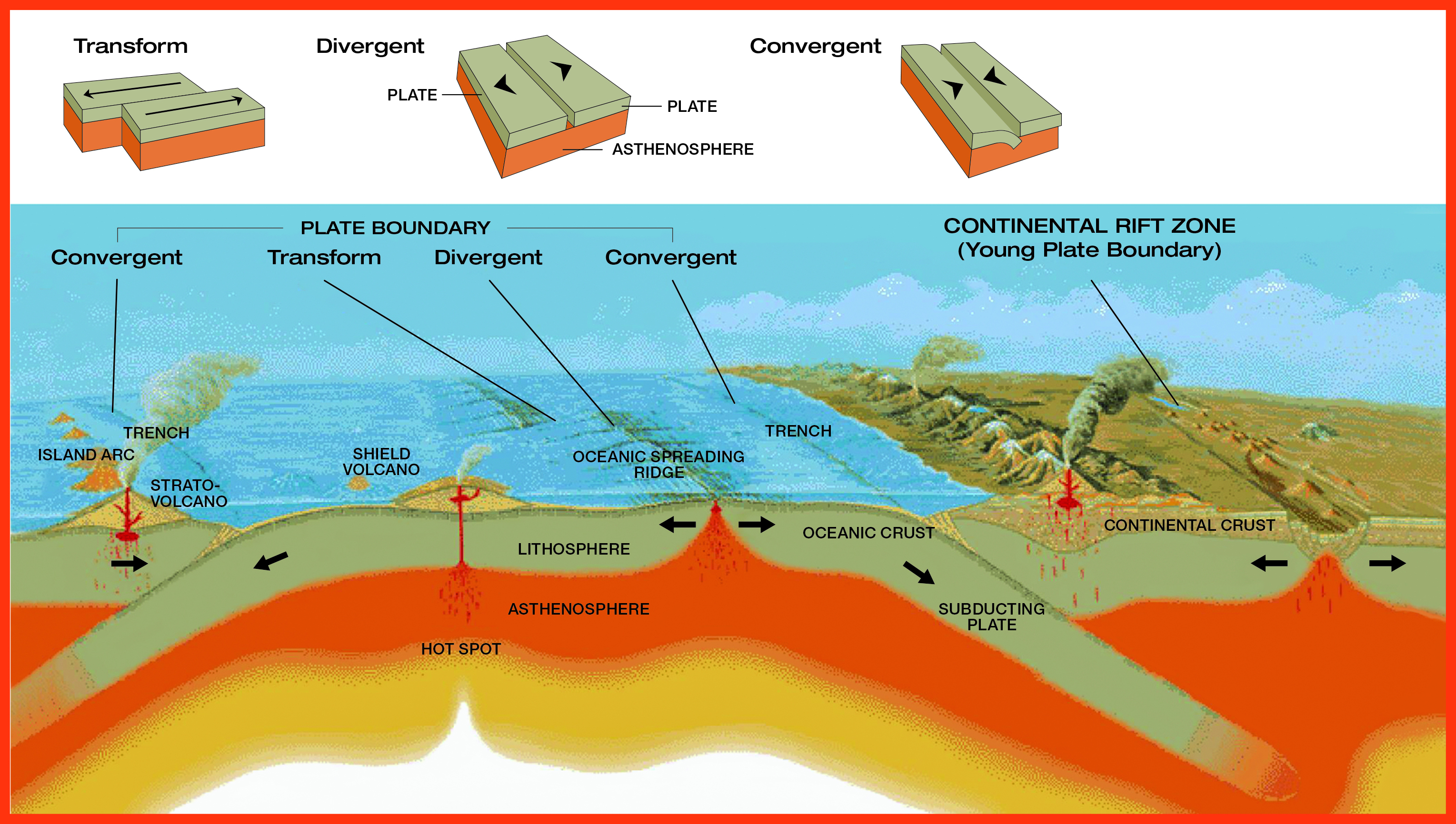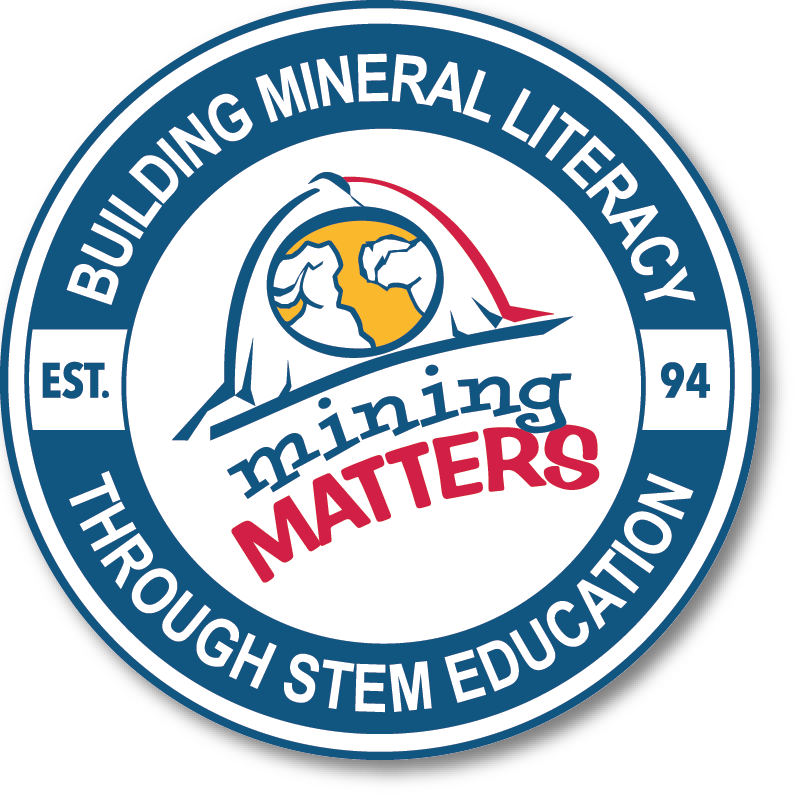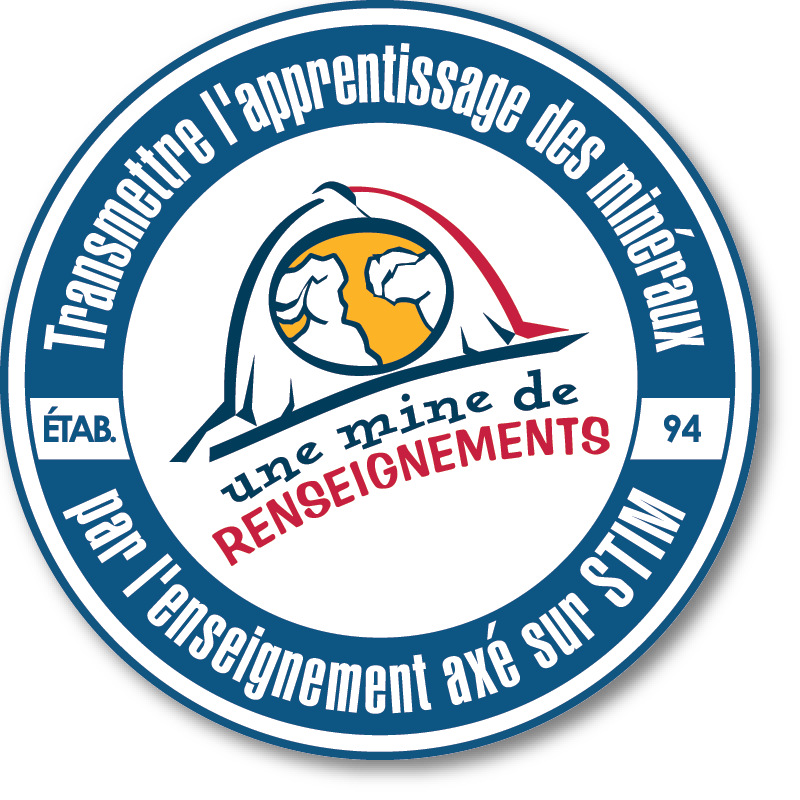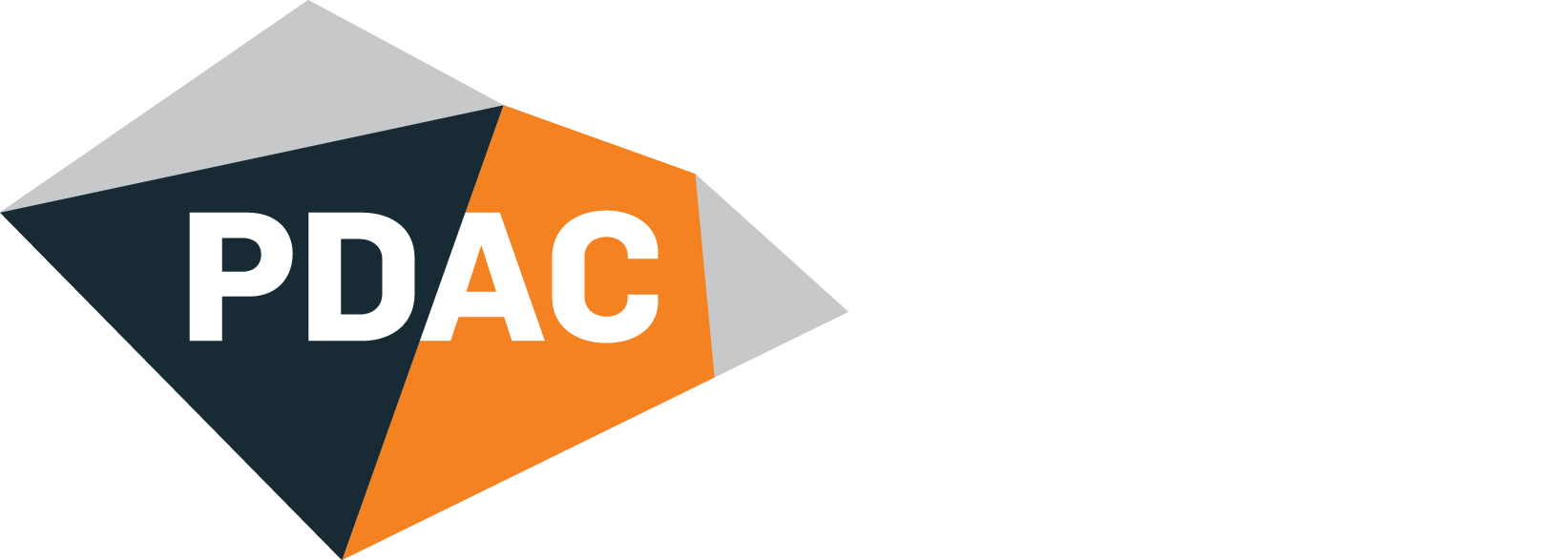Oreo® Plate Tectonics
Credits
(Adapted from Fun with Food Plate Tectonics and our National Parks - Robert J. Lillie, Professor of Geology, Department of Geosciences, Oregon State University)
Background
Planet Earth is made of layers. The crust is the outermost layer. It is rigid, thin, and brittle. The crust ranges in thickness depending where it is located on the Earth. Beneath oceans, the crust averages 5 km in thickness. Beneath continents the thickness of the crust averages about 30 km. Under large mountain ranges however the crust can be as thick as 100 km. Below the crust is the mantle, a dense, hot layer of semi-solid rock that is approximately 2,900 km thick. The mantle is hotter and denser than the crust because temperature and pressure inside the Earth increase with depth. The asthenosphere is the upper layer of the earth’s mantle, located immediately below the lithosphere. It is where convection is thought to occur. The core lies at the centre of the Earth. The core includes two distinct parts. The outer core is liquid and is 2,200 km. The inner core is solid and is 1,250 km in thickness. Plate tectonics is the theory that the Earth’s crust and upper mantle are made of more than a dozen major and minor plates that move relative to one another.
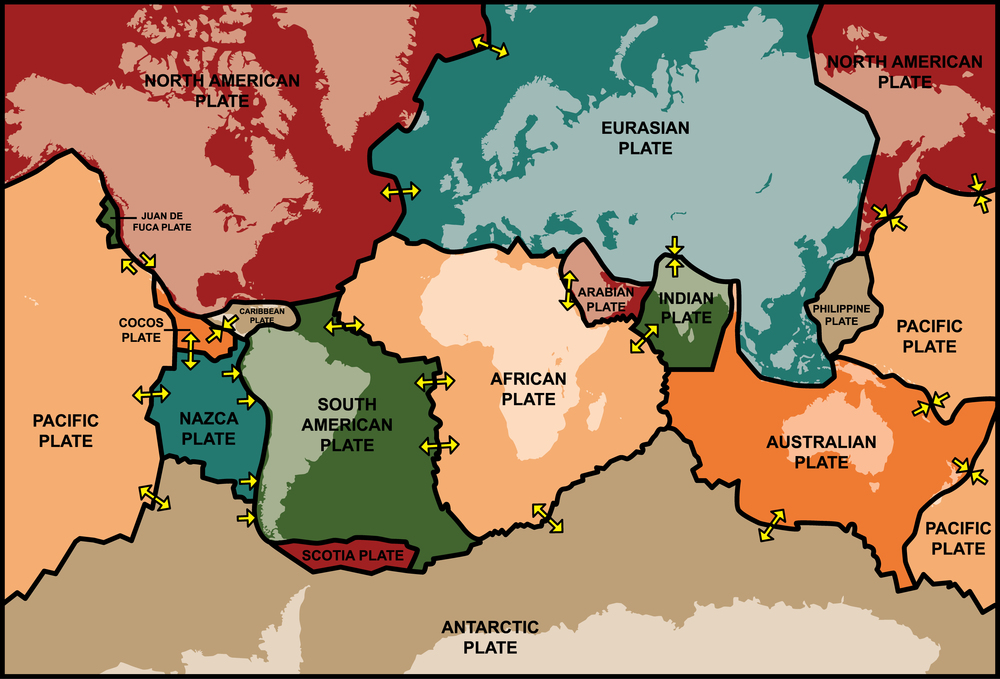
Objectives
To learn how the Earth moves by using a model to demonstrate how tectonic plates shift and interact, as well as resulting landforms or geologic activity created by plate movements. To learn geoscience terms and broaden knowledge of the structure of the Earth.
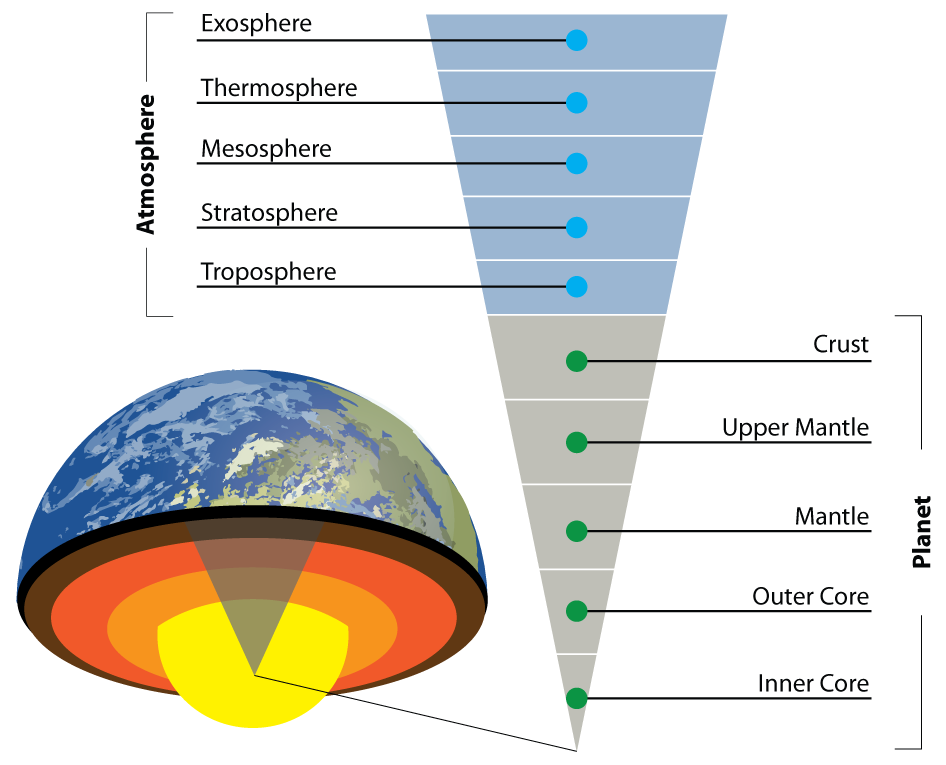
Materials
- One Oreo® cookie per participant
Instructions
- Ask your family why they think that an Oreo cookie makes a good model of the upper layers of the Earth? Ask them what part of the Oreo cookie they think represents the lithosphere and the asthenosphere (cookie=lithosphere; icing=asthenosphere).
- Ask each member of your family to place a cookie in their hand and carefully twist off the top biscuit.
- Have them carefully replace the top biscuit back onto the icing and twist it around. Ask them to slide it back and forth so that it moves easily on top of the icing, simulating the lithosphere floating and moving on the asthenosphere.
- To model or illustrate lithospheric plates, ask them to break the top cookie in half, creating two plates, where the break represents a plate boundary.
- Ask your family to create a divergent boundary by pulling the two cookie pieces away from each other.
- Ask your family to create a convergent boundary by pushing the two cookie pieces together. Instruct them to push the plates gently into the icing to create a mountain range.
- Ask your family to create a transform boundary by sliding the two cookie pieces against each other (creating friction, earthquakes and land displacement).
- Ask your family to demonstrate subduction by pushing one of the two plates into the icing below the other piece.
- Finish the task by talking with your family about plate tectonics and make sure that everyone understands the different types of plate boundaries.
- Tell everyone that now they can enjoy eating their cookie!
